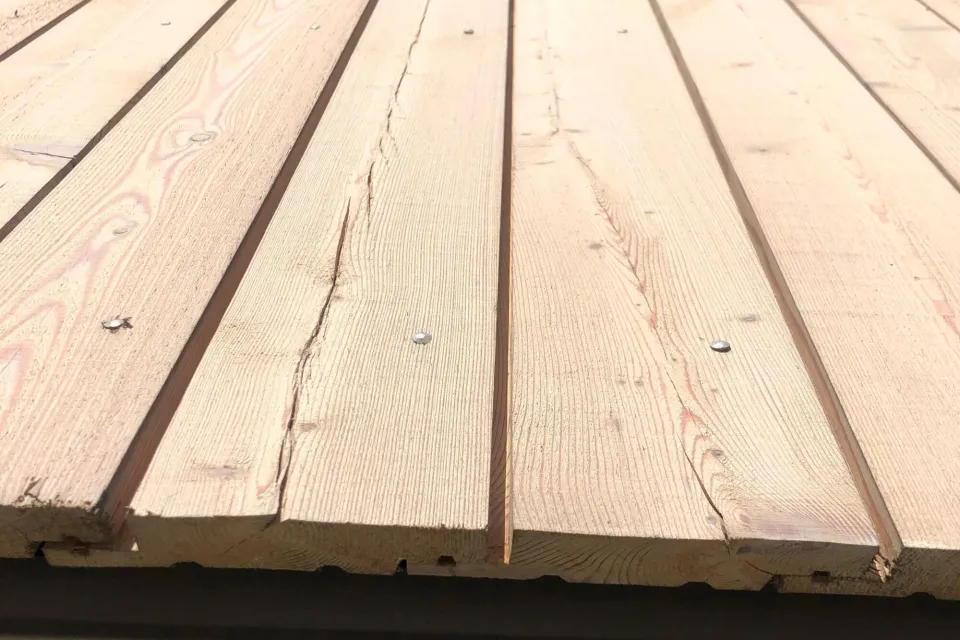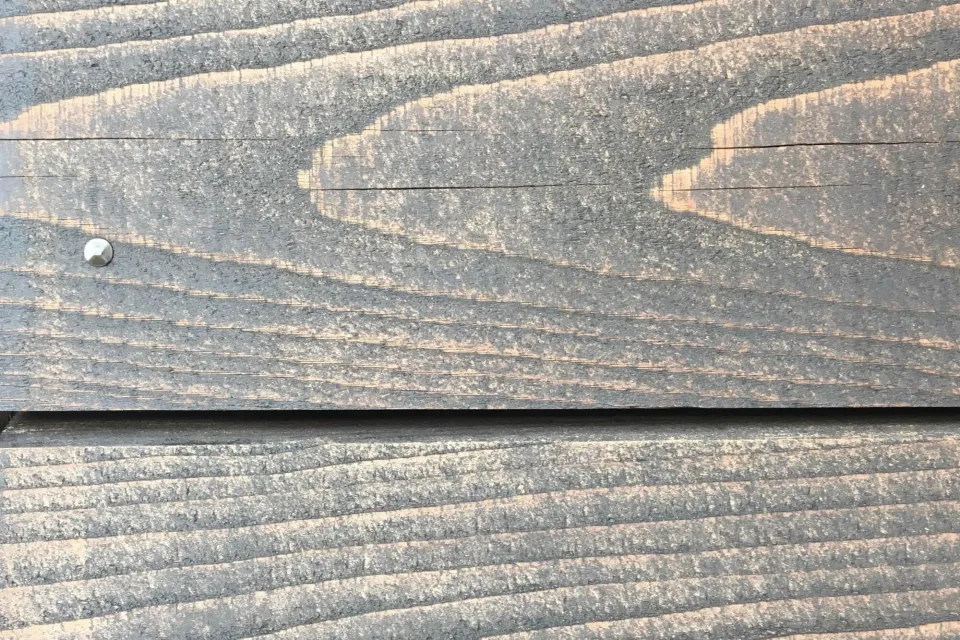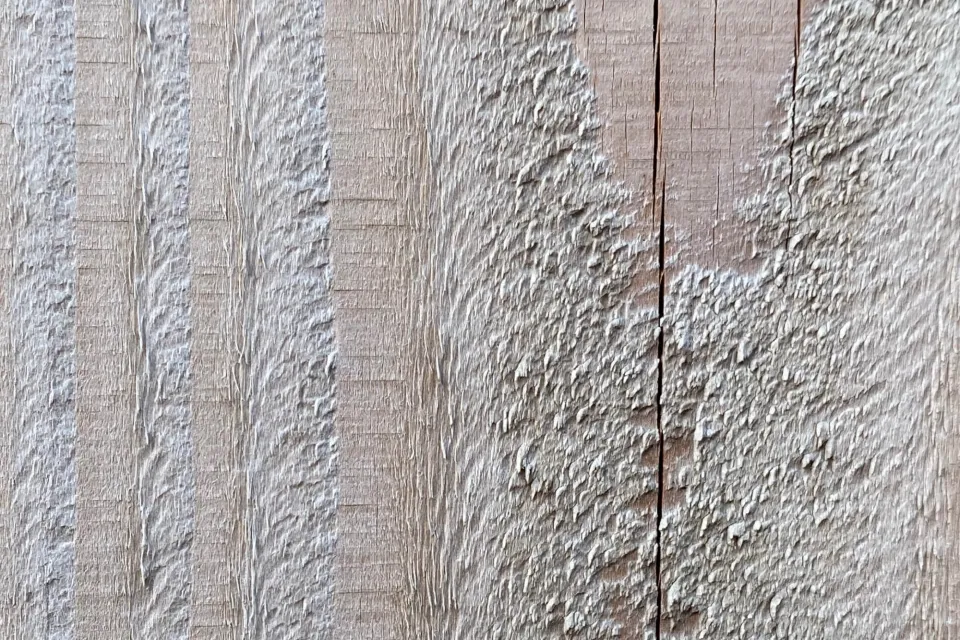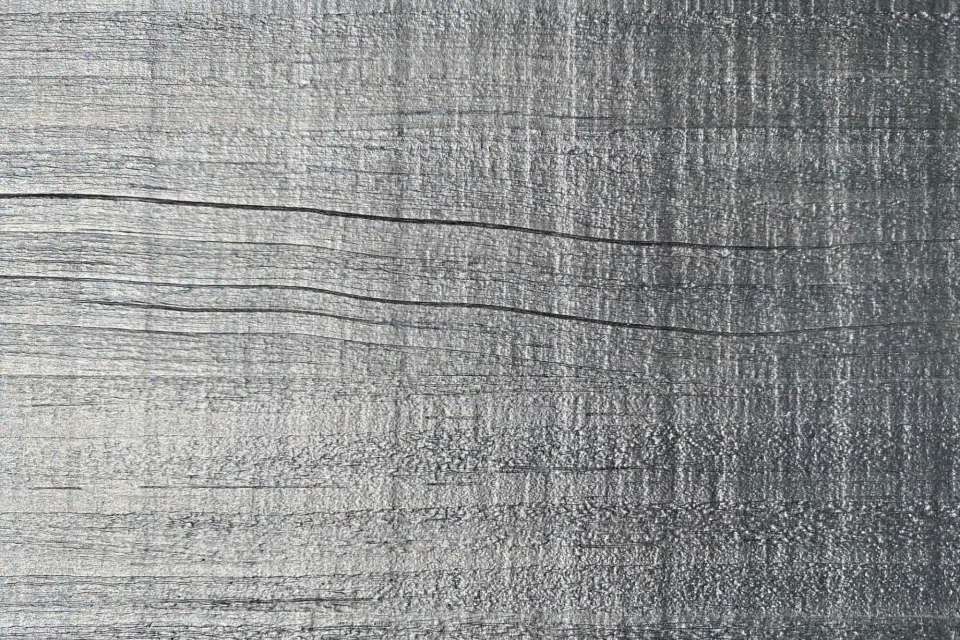-
About
-
Products
- By Timber Product
- Cladding
- Decking
- Joinery
- Screening
- Panelling
- View all
- By Application
- Exterior Cladding / Siding
- Exterior Rain Screen
- Exterior Roofing
- Interior Walls & Ceilings
- Soffits
- Screening, Fins & Battens
- Windows, Doors & Joinery
- Posts & Beams
- Accessories + Samples
- Coatings
- Fixings
- Samples
-
Shop
- Samples
- Timber Samples
- Architectural Sample Box
- View all
- Accessories
- Coatings
- Fixings
- View all
-
Resources
- By Resource Type
- Technical Data Sheets
- Guides & Manuals
- Technical Articles
- Profile Drawings
- View all
- How To
- How To Specify
- How To Install
- How To Maintain
- Projects
- Contact
HOLIDAY HOURS / All online orders made between 17 Dec to 4 Jan will be shipped from 5 Jan. Learn more here.
Natural Weathering of Timber - Surface Checking
What causes timber weathering and surface checking? And what can you do to protect your timber?
Wood is a biological material, and will react to exposure in exterior applications. When uncoated and exposed to weather the surface of wood changes colour, gathers dirt and mildew, and may become discoloured; the wood loses its surface coherence and becomes friable, splinters, and fragments may appear.
These effects, brought about by a combination of light, water, mechanical forces, and heat, are covered by one word - weathering.
One of the principal causes of weathering is frequent exposure of the wood surface to rapid changes in moisture content.
Rain and dew falling upon unprotected wood is quickly absorbed by capillary action on the surface layer of the wood, followed by adsorption within wood cell walls.
Water vapor is taken up directly by wood through adsorption under increased relative humidity, and the wood swells.
Stresses in the wood develop as it swells and shrinks due to moisture gradients between the surface and the interior. These induced stresses are greater the steeper the moisture gradient, and are usually largest near the surface of the wood.
The initial colour change of uncoated wood exposed to sunlight is a yellowing or browning which proceeds to an eventual driftwood-like grey colour. These colour changes are related to the decomposition of lignin in the surface wood cells and are strictly a surface change.
These colour changes occur only to a depth of 0.05mm - 0.5 mm, and are a result of sunlight particularly ultraviolet (UV) light which initiates photodegradation of the surface. Such photodegradation by UV light induces changes in chemical composition, particularly in the lignin, and subsequent colour changes.
It is important to note that the two main elements of weathering - sunlight and water - tend to operate at different times, and this tends to put pressure on any exterior wood exposed to both.
The effects of weathering can be mitigated by the use of wood coatings, which provide some protection from both sunlight and water - but coating systems will themselves eventually weather back, and require re-application.
All exposed timber will develop small cracks or “surface checks” when exposed to weather, this will randomly occur and is most likely in heavily exposed applications – where the wood is fully exposed to the prevailing weather and consequently water and sunlight cycles. Different species are more prone to surface checking – the size and type of surface check will vary.
It is common for fully exposed exterior timbers to develop fine checking within 12 months of installation, particularly if they are uncoated or coated with a penetrating semi-transparent coating. This initial surface checking is generally due to the thermal shock the wood receives after it’s initial exposure. In many cases surface checks do not develop further, but subsequent maintenance including re-coating will help seal these surface checks and minimise worsening.
Exposed end grain is often a weak point – where wood is known to absorb more moisture than the face grain. Rapid absorption up the end grain can swell the wood, rapidly increasing the moisture content and creating cracks.
A critical installation requirement for best practice installation is to seal the exposed ends, preferably with a specific end sealer like Protector End Seal.
See these examples of surface checking:





